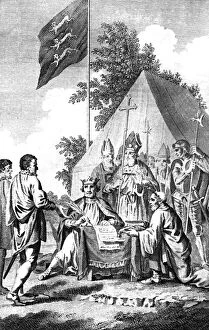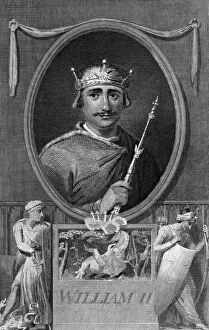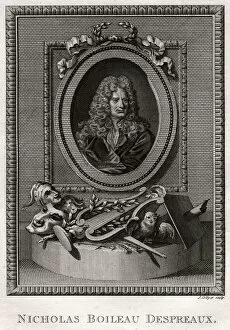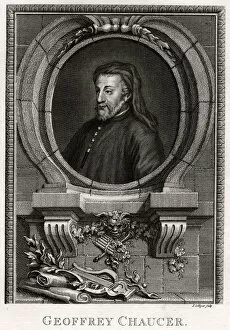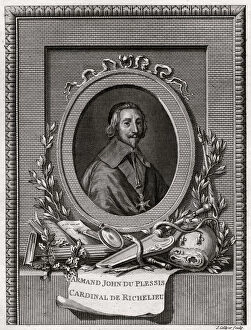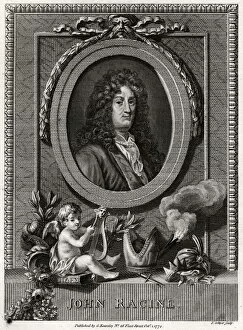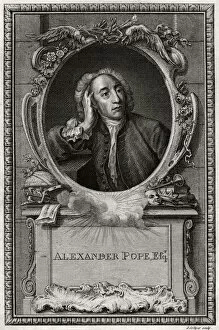J Collyer Collection
J Collyer: A Masterful Artist of Historical Portraits Step into the world of J Collyer
All Professionally Made to Order for Quick Shipping
J Collyer: A Masterful Artist of Historical Portraits Step into the world of J Collyer, a talented artist known for his exquisite portraits that bring historical figures to life. With an eye for detail and a skillful hand, Collyer captures the essence of each subject, immersing viewers in captivating narratives. In his famous "Oval portrait of David Garrick, " painted in 1776, we see the renowned actor depicted with remarkable realism. Every line on Garrick's face tells a story, showcasing Collyer's ability to capture human emotion through brushstrokes. Collyer's talent extends beyond individuals; he also excels at capturing significant moments in history. In his painting "Front view of the Bank of England, " created in 1773, he transports us to the heart of London during a time when commerce was booming. The architectural details are meticulously rendered, reflecting both accuracy and artistic flair. One cannot overlook Collyer's thought-provoking piece titled "Act of Trampling over the Images of Our Saviour & the Virgin Mary. " Painted in 1765 by John Hall but attributed to our artist due to its similar style and theme, it challenges societal norms while highlighting religious tensions prevalent during that era. Collyer's versatility shines through as he delves into various periods. His portrayal of Edward, the Black Prince recounting the Battle of Poictiers takes us back centuries ago. The attention given to armor details and facial expressions reveals his commitment to historical accuracy. From medieval times to more recent events like King John signing Magna Carta or King William II ruling England – all captured by Collyer’s brushstroke mastery – we witness pivotal moments brought vividly before our eyes. Not limited solely to British subjects or royalty alone, J Collyer explores intellectual giants such as Michel de Montaigne or Rene Descartes with equal brilliance.





